5 Proven Ways to Get Better Gas Mileage In the Winter
Winter is upon us yet again and the frigid temperatures can do a number on your car’s efficiency. According to Fueleconomy.gov, a car’s gas mileage can take a 12% hit when the weather drops to around 20 degrees as opposed to when the ambient temperature is at around 70 degrees. However, you can help combat this change in its efficiency by following these five tips in the wintertime.
1. Consolidate your errands and trips
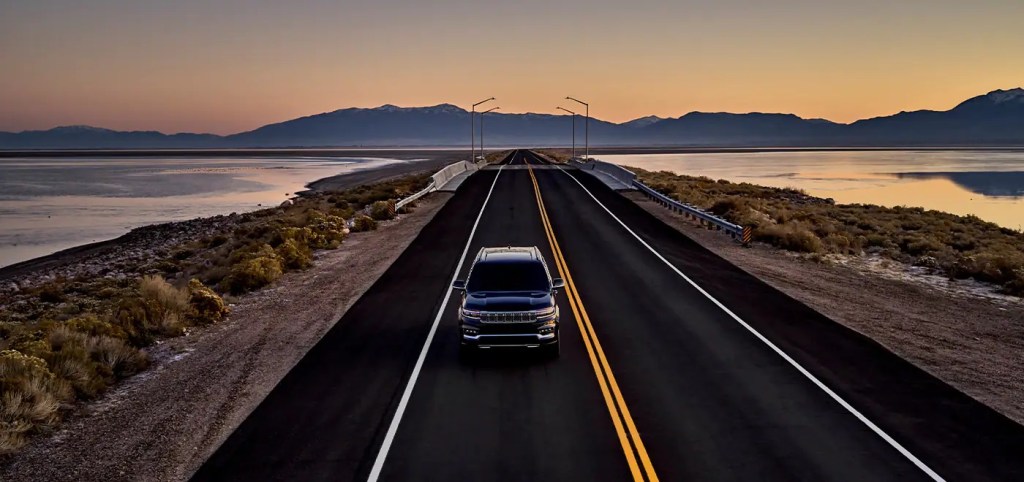
Your car’s engine uses fuel to get up to the proper operating temperature every time you drive it, but it takes even longer during the wintertime. Since it takes longer, it will inevitably use up more fuel in the long run. Taking multiple trips for errands and commuting is tough on the engine, so Firestone recommends consolidating your trips so that the engine doesn’t have to repeatedly get up to proper temperature and waste fuel.
2. Remove any accessories that can create wind resistance
If you use a roof rack or cargo box on rare occasions, it’s a good idea to remove them during the wintertime. Consumer Reports noted that a roof rack can drop a car’s fuel economy by 11%, or 5 mpg when traveling 65 mph on average. Again, that can add up over time, so it’s better to remove that wind-blocking device until you actually need it.
3. Park in a warm place when possible

If you have access to a garage or some other type of covered parking, be sure to make use of it in the winter. Since it takes your car longer to warm up when it’s cold, parking it in a warmer place will allow it to warm up to the proper temperature quicker. As an added plus, you won’t need to scrape your car’s windshield or leave its wipers up if it happens to snow.
4. Make sure your car’s tires are properly inflated
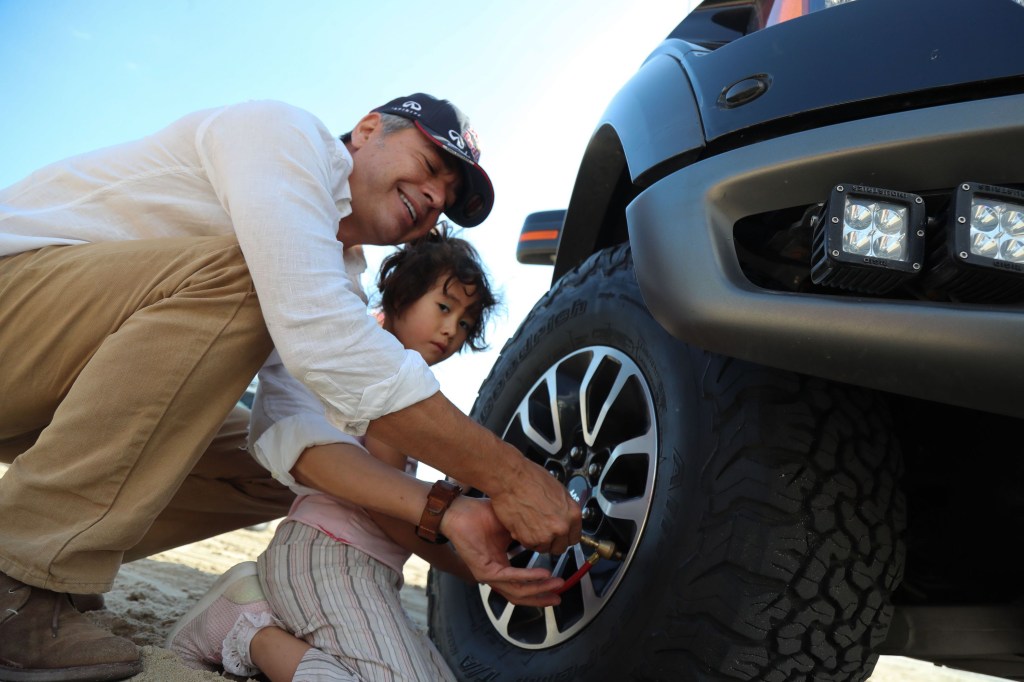
Having properly inflated tires can ensure that your car is achieving the best fuel economy possible. However, the colder temperatures can cause changes in a tire’s pressure, so it’s important to monitor them during the wintertime. If your car doesn’t have a tire pressure monitoring system, then it’s a good idea to invest in a tire pressure gauge and check your tires routinely.
5. Don’t let your car idle for too long
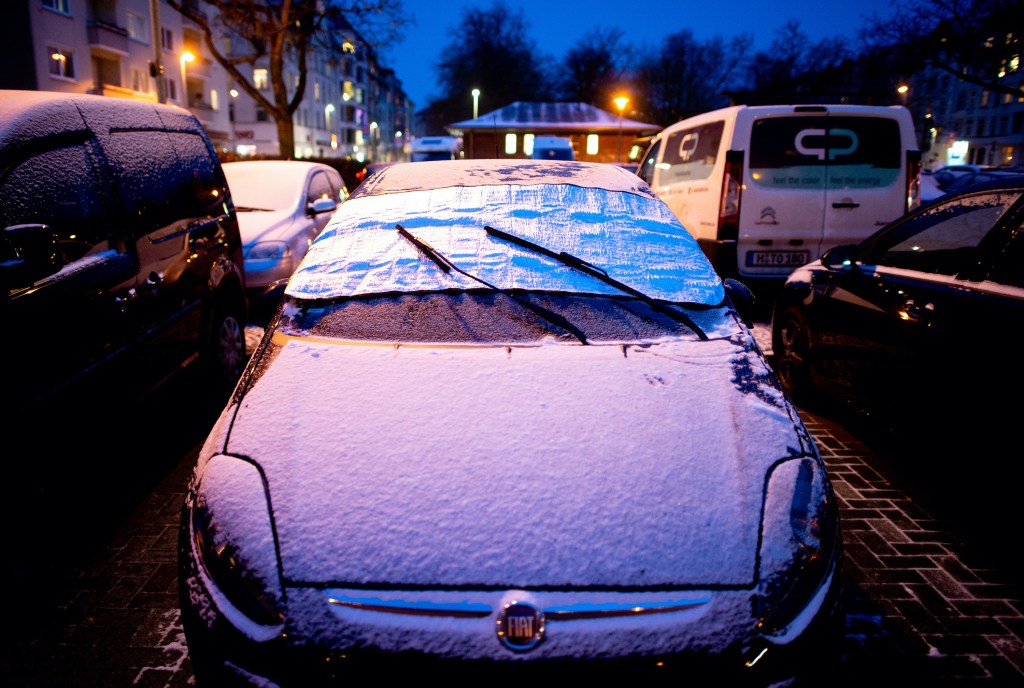
While it’s likely a habit to let your car warm up during the wintertime, it’s important to not let it warm up for too long. Doing so can lead to a lot of wasted fuel since your car is essentially getting 0 mpg when it sits at idle. Make sure to let it warm up for around 30 seconds and then gently drive away in order to get it up to the proper operating temperature.
Your car can get good gas mileage during the wintertime
Your car’s fuel efficiency drops during the wintertime, but if you follow these five tips, it can help keep the fuel gauge more towards the “full” side. Soon enough, they’ll be like second nature and you won’t even have to think about not letting the car sit idling or parking it in a warmer place.



